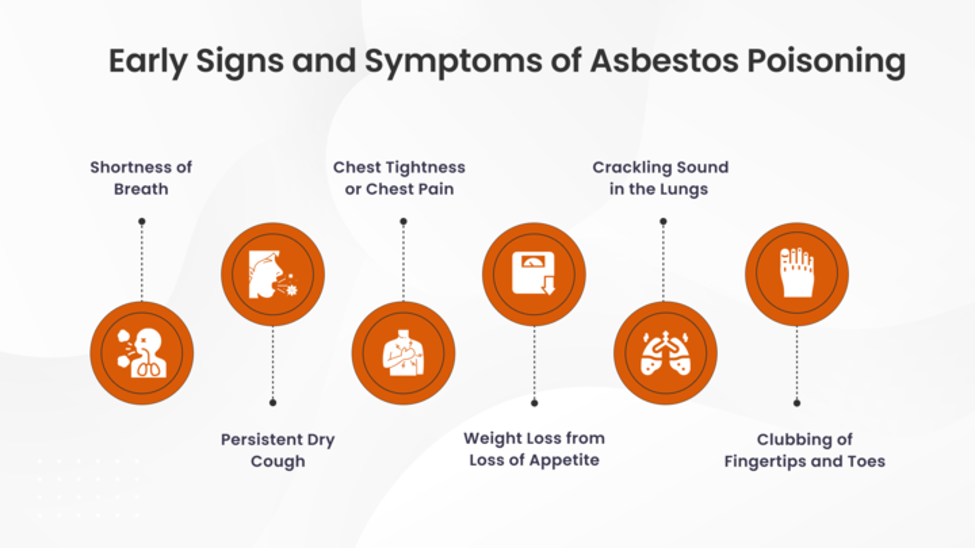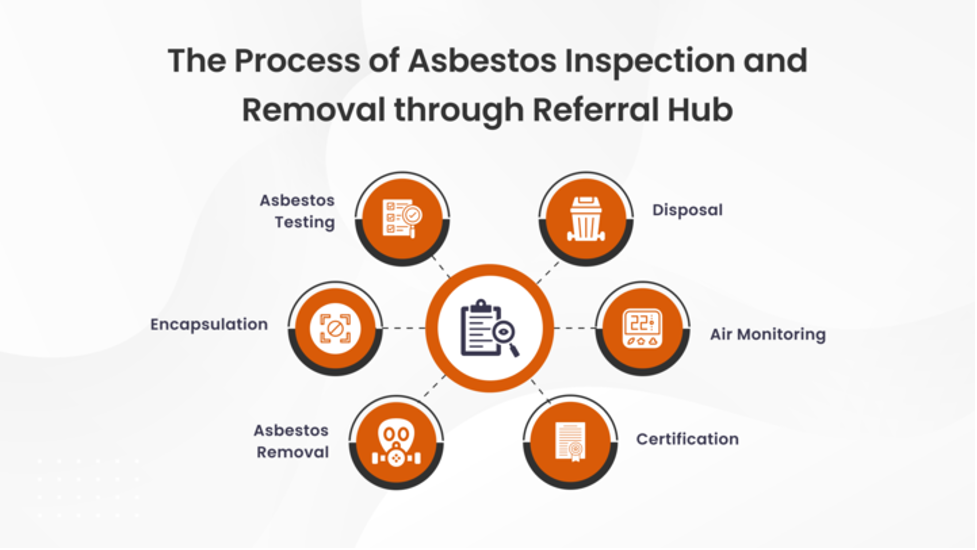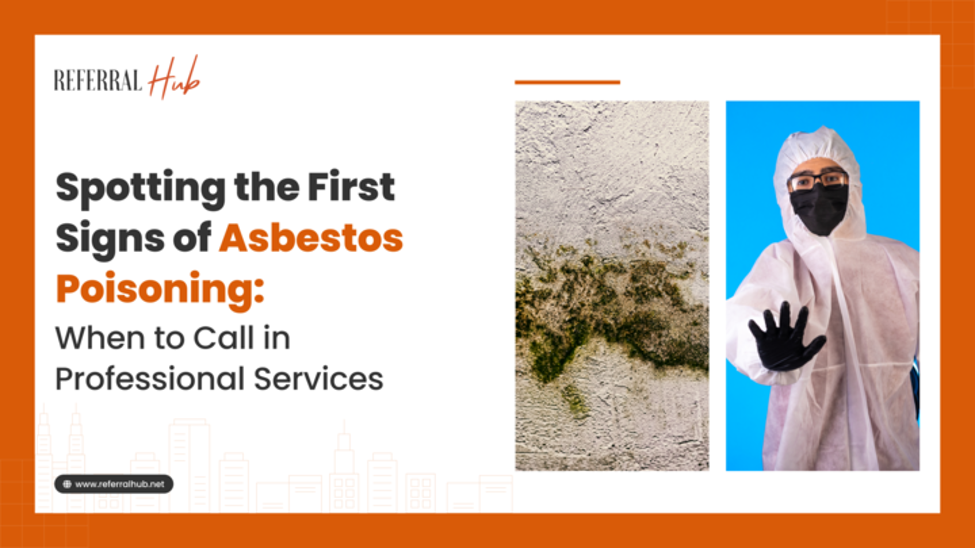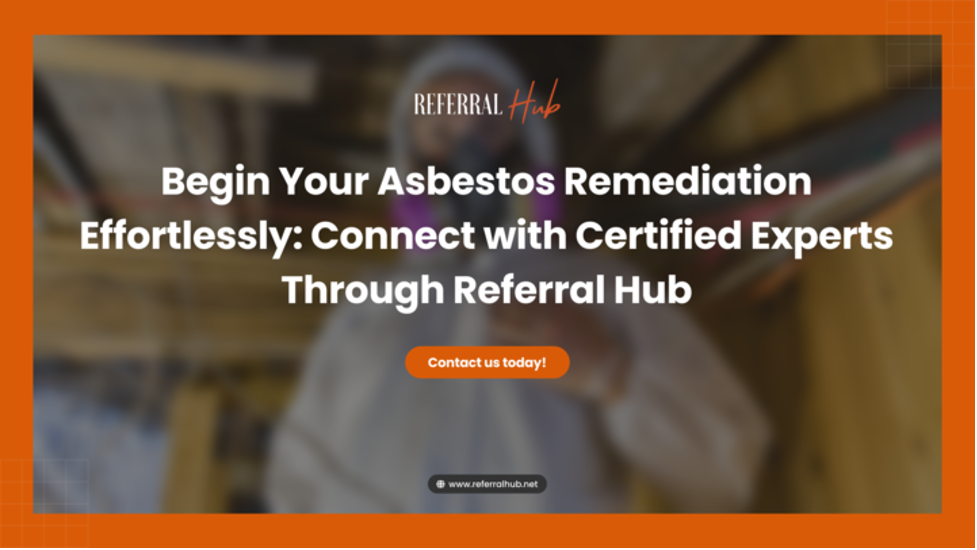If you’ve spent significant time living or working in Utah, it’s important to be aware of the potential for asbestos exposure. While asbestos use has declined significantly since the late 20th century due to increasing regulations and awareness of its health risks, its legacy continues to impact many.
- Between 1999 and 2015, Utah recorded 259 deaths from mesothelioma, a cancer primarily associated with asbestos exposure.
- Although the mesothelioma death rate in Utah is relatively low at 9 per million—significantly lower than the national average—this statistic still highlights a persistent risk.
- Regions such as central and western Utah have reported slightly higher rates of mesothelioma deaths, suggesting localized pockets of higher asbestos exposure, likely linked to industrial activities in these areas.
Recognizing these risks, Utah has set stringent environmental regulations to manage and mitigate asbestos exposure, especially during construction activities. Before demolishing or relocating any structure potentially governed by federal asbestos laws or the Utah Asbestos Rule, the Utah Division of Air Quality (DAQ) mandates notification and a minimum waiting period of 10 days.
Before you embark on any renovation or demolition project, it’s crucial to familiarize yourself with these legal requirements. These laws ensure that any asbestos present is properly identified and safely removed to prevent airborne contamination.
However, understanding and navigating these regulations can be challenging. This is where Referral Hub steps in. Referral Hub specializes in connecting with certified asbestos removal experts. These professionals are well-versed in handling asbestos safely and up-to-date with specific asbestos regulations.
Common Uses of Asbestos in Buildings and Construction
Asbestos is a naturally occurring mineral that was once widely used in construction for its durability and fire-resistant qualities. Historically, asbestos was widely used in construction due to its advantageous properties. It can be found in:
- Sheetrock
- Insulation materials for pipes and boilers
- Fireproofing applications
- Ceiling and floor tiles
- Roofing shingles
- Textured paints and wall compounds
- Cement products
These uses were prevalent because asbestos enhanced the strength, durability, and fire resistance of building materials, making structures safer and more enduring at the time.
Early Signs and Symptoms of Asbestos Poisoning

Asbestos exposure often happens when materials containing this mineral are disturbed. This can occur during remodeling, demolition of old buildings, or asbestos-containing materials deteriorate over time. When these fibers are released into the air and inhaled, they can lodge in your lungs and stay there for years, leading to potential health problems.
Asbestosis is a chronic lung disease caused by inhaling asbestos fibers over time. The symptoms of this condition typically take a long time to develop, often appearing 10 to 40 years after initial asbestos exposure. It’s crucial to be aware of the early signs of asbestos exposure, especially if you live or work in an older building. Here’s what you might experience:
Shortness of Breath
Initially, shortness of breath might only occur during physical activities, but as the condition progresses, it can become difficult to breathe even at rest.
Asbestos fibers can cause lung scarring (fibrosis), reducing the lungs’ ability to expand and contract. This scarring makes it harder for the lungs to take in oxygen and release carbon dioxide.
Persistent Dry Cough
A dry cough that doesn’t seem to go away, regardless of using common remedies. This symptom arises as the body’s response to the irritation caused by asbestos fibers in the lung tissue, and the ongoing inflammation can lead to persistent coughing.
Chest Tightness or Chest Pain
You may experience a sensation of tightness or pain in the chest area, which can be constant or only occur when you cough or take deep breaths. The pain and tightness are often due to the pleura (the lining around the lungs) becoming thickened and inflamed from the asbestos fibers.
Weight Loss from Loss of Appetite
Unintentional weight loss and decreased desire to eat. Chronic diseases like asbestosis can significantly decrease your appetite, and increased energy expenditure from struggling to breathe can lead to weight loss.
Crackling Sound in the Lungs
A distinctive crackling sound when you inhale that isn’t usually present. This sound is typically caused by opening small airways and air sacs in the lungs partially stuck together due to the fibrotic process.
Clubbing of Fingertips and Toes
Your fingertips and toes may become wider and rounder than normal. Clubbing is a sign of chronic low oxygen levels in the blood. It occurs because more blood is being directed to these areas to try and improve oxygen uptake.
Why Asbestos is Hazardous to Human Health
Asbestos is hazardous primarily because of its fiber structure, which can easily break down into microscopic particles that float in the air and are easily inhaled. Once inhaled, these fibers can lodge in the lungs, heart, or abdomen linings, causing significant health issues. The primary health risks include:
- Asbestosis: A serious, chronic lung condition that causes scarring of lung tissue and leads to long-term breathing complications.
- Mesothelioma: A rare and aggressive cancer that affects the lining of the lungs, chest cavity, or abdominal cavity. It is almost exclusively caused by asbestos exposure.
- Lung Cancer: A common outcome for people exposed to significant amounts of asbestos.
- Other respiratory issues: Chronic obstructive pulmonary disease (COPD) and other respiratory conditions can also be exacerbated or initiated by asbestos exposure.
Asbestos-related diseases can take years to develop, and symptoms often don’t appear until the disease is advanced. Early detection and intervention can prevent more severe conditions like asbestosis, mesothelioma, or lung cancer.
If you’re experiencing any of these symptoms and think you might have been exposed to asbestos, it’s important to see a doctor as soon as possible. They can evaluate your symptoms and, if necessary, recommend further testing or a professional asbestos inspection for your home or workplace. Remember, taking action early could significantly affect your health outcome.
Why Professional Asbestos Removal is Crucial
When dealing with asbestos, the risks associated with improper handling make professional intervention not just a recommendation but a necessity. Here’s why it’s critical to rely on professionals for asbestos removal:
Dangers of DIY Asbestos Removal
Attempting to remove asbestos yourself is highly risky. Without the proper safety measures, you could unknowingly release asbestos fibers into the air. These fibers are extremely harmful when inhaled and can lead to severe long-term health issues, including lung cancer, mesothelioma, and asbestosis. Moreover, DIY removal efforts often lead to inadequate containment or disposal, exacerbating the risk for yourself and others in your vicinity.
Expertise and Equipment Required
Professional asbestos removal teams, such as through Referral Hub, are equipped with specialized knowledge and tools specifically for safe asbestos handling:
- Professionals are extensively trained in the latest safety protocols and removal techniques, ensuring they know how to handle asbestos materials without harming themselves or others.
- High-efficiency particulate air (HEPA) filters, protective suits, respirators, and sealed waste disposal systems are some of the essential tools professionals use to safely remove and dispose of asbestos.
Legal and Health Implications
There are significant legal and health implications related to asbestos removal that you must consider:
- Government agencies, including OSHA and the EPA(Environment Protection Agency) in the United States, heavily regulate asbestos removal. These regulations are designed to protect public health and the environment. Failure to comply with these rules can result in hefty fines and legal consequences.
- Professional asbestos removal helps prevent health issues by ensuring that all asbestos fibers are effectively contained and removed from your environment. This protection is crucial not only during the removal process but also for the ongoing safety of the building’s occupants.
The Process of Asbestos Inspection and Removal through Referral Hub

Taking immediate action is crucial if you suspect your property might contain asbestos. Common indicators include older building materials often containing asbestos, such as sheetrock, vinyl tiles, insulation, siding, and roofing materials, especially in buildings constructed before the 1980s. Discoloration, deterioration, or damage to these materials can increase the risk of asbestos fiber release.
Referral Hub connects you with certified professionals specializing in asbestos abatement, protecting your property and health. Here’s a breakdown of the services offered:
Asbestos Testing
Experts perform thorough inspections and testing to identify asbestos-containing materials in your property accurately. This step is crucial for assessing the extent of the risk and planning the appropriate remediation strategy.
Utilizing modern testing methods, including material sampling and air quality assessments, to confirm the presence of asbestos.
Encapsulation
Encapsulation can be employed in situations where immediate removal is impractical. This process involves sealing off asbestos-containing materials to prevent the fibers from becoming airborne. Sealants that coat and secure asbestos effectively contain the hazard.
Asbestos Removal
Once asbestos is identified, specialized teams implement safe and efficient removal techniques. These methods comply with all regulatory standards and remove asbestos without posing additional risks.
Adherence to strict safety protocols, including protective gear and controlled work zones, to minimize exposure to asbestos fibers.
Disposal
After removal or encapsulation, asbestos waste is handled with the utmost care and disposed of according to local and federal environmental safety regulations. To prevent environmental contamination, all disposed materials are securely transported and legally disposed of.
Air Monitoring
Air quality is monitored throughout the asbestos abatement process and even after completion to ensure that no asbestos fibers remain in the air. Regular air checks help confirm the effectiveness of the remediation and maintain a safe environment for all occupants.
Certification
After the asbestos is completely restored, experts ensure you receive all necessary documentation certifying your property is safe and asbestos-free. This includes detailed reports on the abatement process, air monitoring results, and compliance with health and safety guidelines.
Referral Hub assists in connecting you with expert asbestos abatement services, ensuring that this hazardous material is handled professionally and that your property and loved ones are protected from potential health risks.
Begin Your Asbestos Remediation Effortlessly: Connect with Certified Experts Through Referral Hub
At Referral Hub, we understand the urgency and complexity of asbestos abatement. Our service streamlines your search, connecting you directly with pre-vetted, high-quality restoration experts, ensuring:
- Understanding Your Needs: We tailor solutions specifically for your situation.
- Efficiency and Time-Saving: Quick setup means faster remediation.
- Simplified Communication: One point of contact for all your queries.
- 24/7 Availability: Emergencies don’t wait, and neither do we.
- Expertise & Quality Assurance: Access to a network of certified professionals.
- Cost Management: Get three estimates with one call for informed decisions.
- Quick Response: A rapid start is key to effective cost management.
Make an informed decision without the hassle of contacting multiple companies. Start now with Referral Hub and ensure a safe, professional asbestos abatement process.


